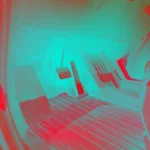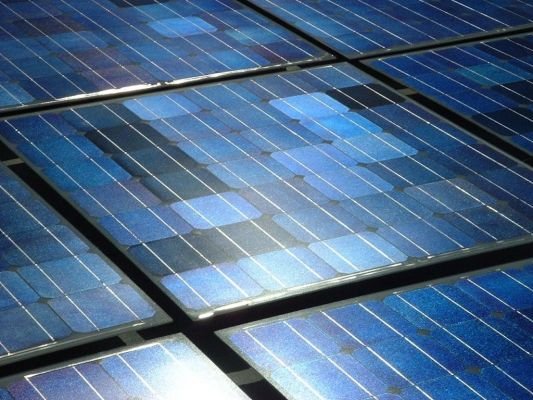Scientist have discovered a low-cost and sustainable way to build a solar cell using bacteria, that can harvest energy from light even under overcast skies.
The cell, developed by researchers from University of British Columbia (UBC) in Canada, generated a current stronger than any previously recorded from such a device, and worked as efficiently in dim light as in bright light.
These solar cells – called “biogenic” because they are made of living organisms – could become as efficient as the synthetic cells used in conventional solar panels. This hybrid materials can be manufactured economically and sustainably, and, with sufficient optimisation, could perform at comparable efficiencies as conventional solar cells.
 The UBC team left the dye in the bacteria. They genetically engineered E coli to produce large amounts of lycopene – a dye that gives tomatoes their red-orange colour and is particularly effective at harvesting light for conversion to energy.
The UBC team left the dye in the bacteria. They genetically engineered E coli to produce large amounts of lycopene – a dye that gives tomatoes their red-orange colour and is particularly effective at harvesting light for conversion to energy.
The researchers coated the bacteria with a mineral that could act as a semiconductor, and applied the mixture to a glass surface.
With the coated glass acting as an anode at one end of their cell, they generated a current density of 0.686 milli amperes per square centimetre – an improvement on the 0.362 achieved by others in the field.
Previous efforts to build biogenic solar cells have focused on extracting the natural dye that bacteria use for photosynthesis. It is a costly and complex process that involves toxic solvents and can cause the dye to degrade.
Reference- Economic Times, Professional World






